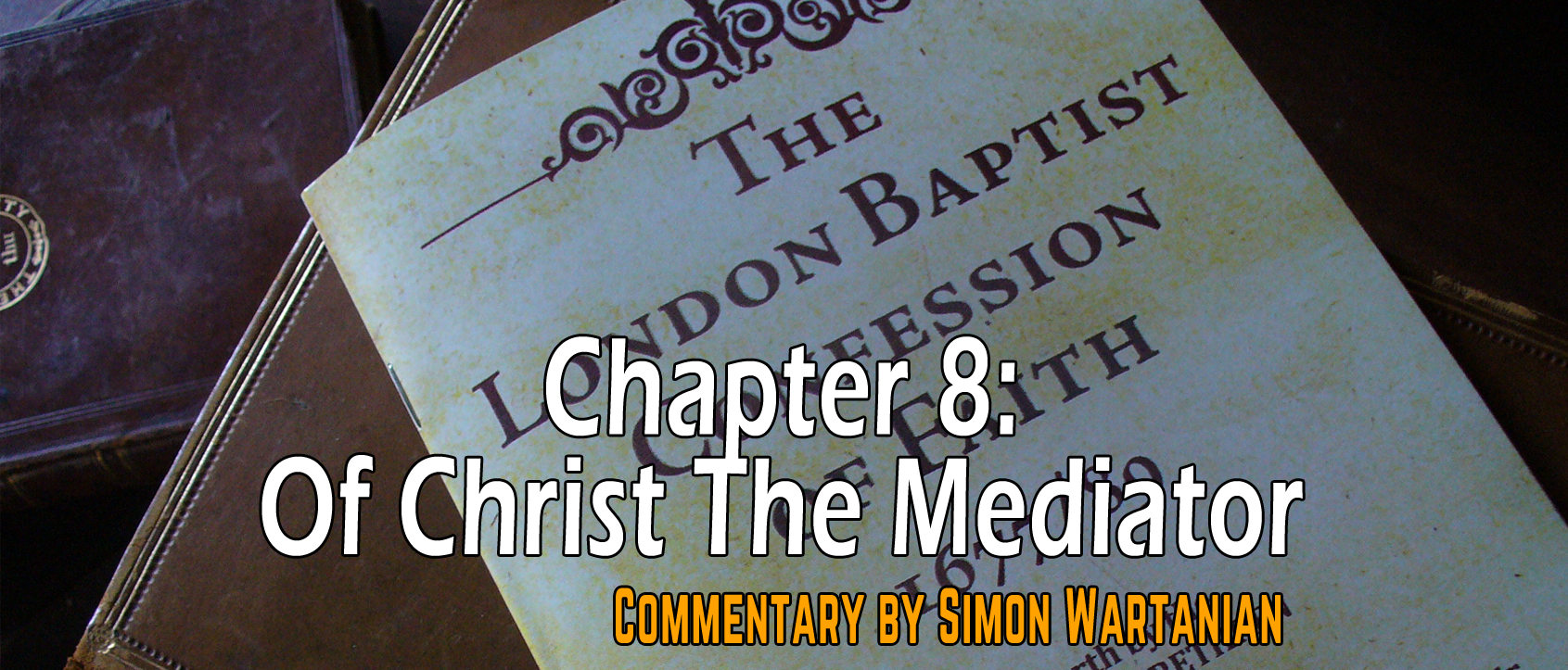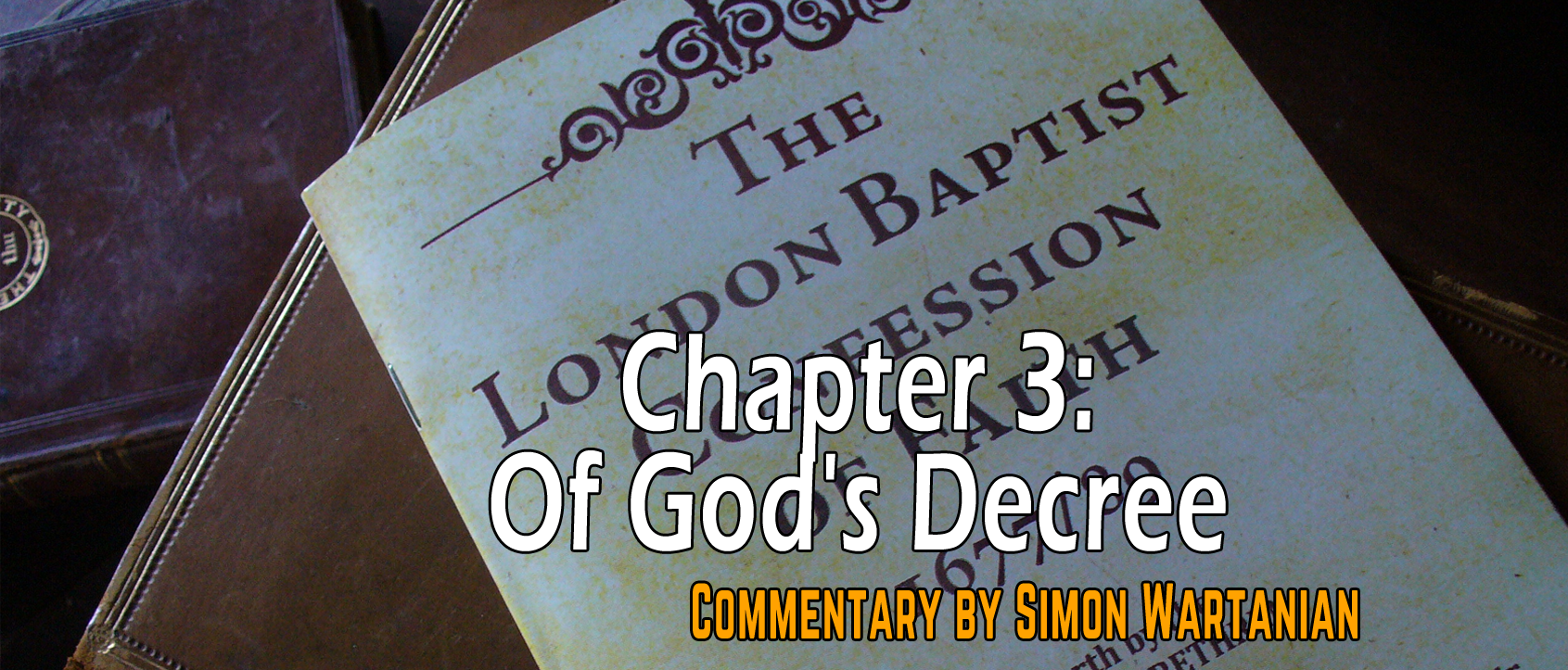See, only a human can substitute for human lives. But only God can take the wrath of God and survive. (Hypostatic Union)
When He became man, He did not lay aside His divine properties, rather He added and united the divine nature to His (new) human nature. He did not mingle the two natures and thereby was not truly God and neither truly man, but a mixture of the two. No. He took human nature and added it to His Person (which was eternally divine). The Lord Jesus, the Son of God incarnate, has two natures, the divine and the human in His singular Person. This is not an easy subject and therefore, obviously, there have been wrong teachings on it. Therefore, I would like, with the help of Wayne Grudem’s Systematic Theology (pp. 554-556), to take a look at three wrong ways to understand the humanity and divinity of our Lord.
First up is Apollinarianism, which teaches that the Lord Jesus had a human body, but a divine mind and spirit. Therefore, He is not truly man and truly God. He is a mixture. But the Scriptures teaches that He was human in every way except sin (Heb. 2:14, 17; 4:15). If in every way, therefore He had a human mind and spirit. The second is Nestorianism. Nestorianism teaches that Jesus has two persons in one body. A divine person and a human person, not merely two natures, but two persons in a single body. But the Bible always speaks of Christ as one person and not two persons in one body. The third is Monophysitism or Eutychianism. Monophysitism means “one nature.” Jesus had a mixture of a divine and human nature. Jesus’ nature was neither fully divine nor fully human, but rather a third kind of nature—a mixture of elements from the divine and human nature.
Now that we have looked at some wrong ways to understand the Lord Christ’s person, that can help us to understand what it is not. Since there are no divine-human persons walking around with us, the Lord Jesus is the only God-Man, therefore in many ways, we must talk in the negative. See how the creed and the Confession speak of what the nature of Christ is not. Both say what it is not, the 1689 says that it is not a “conversion, composition, or confusion” of the divine and human nature. Contrary to the Apollinarian error, the creed teaches that Christ did indeed have a rational soul and body, that is a human soul and body. He was consubstantial with us, that is He shared in our nature. He had the same nature as ours, yet spotless and free from sin. Therefore, He was truly human. Contrary to the Nestorian error, the creed teaches that the human and divine nature were united in one Person. Both the divine and human nature with their distinctions and properties concur with the one Person of the Lord Christ. Contrary to the Monophysite error, the creed teaches that Christ has to be acknowledged in two natures. Each nature retains its properties and there is not a mix of both natures in the person of Christ.
The person of Christ is both divine and human at the same time. That was not alw...

